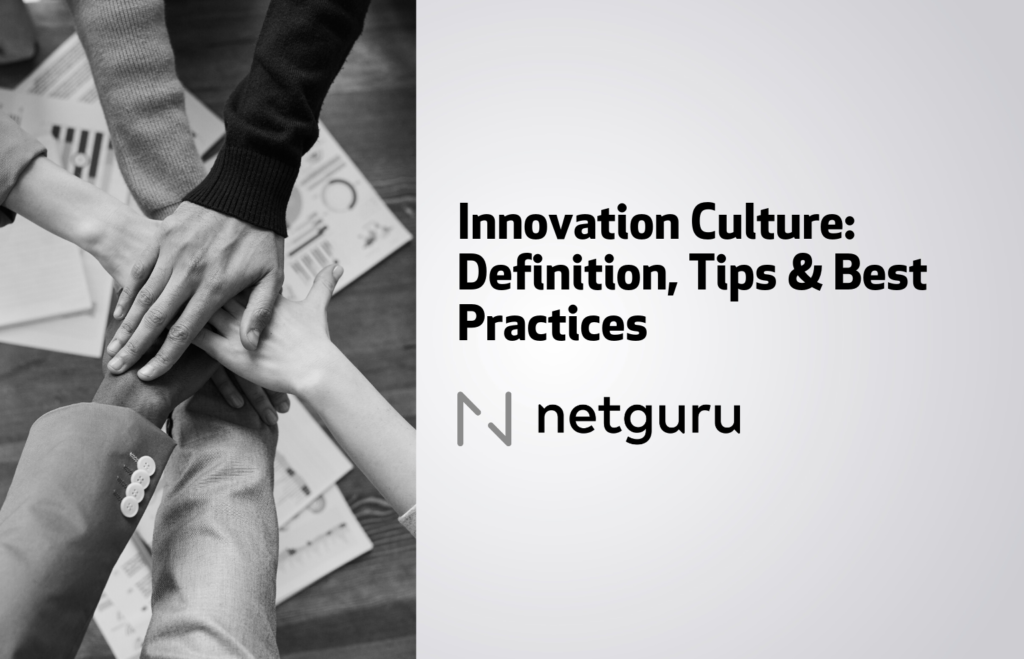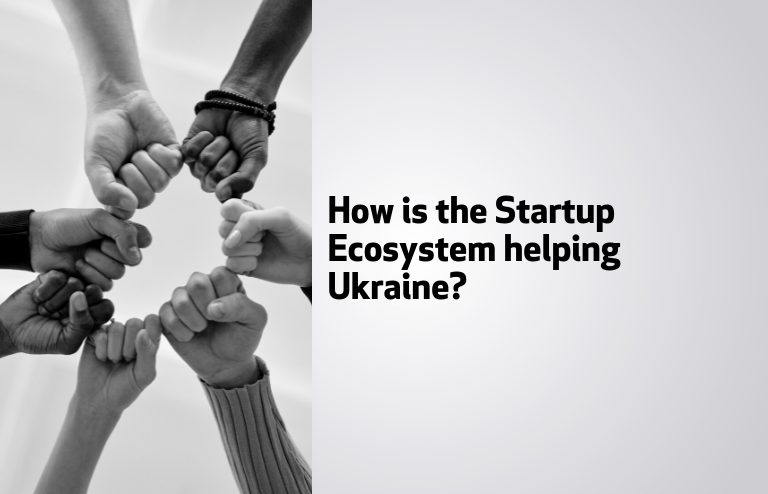Futuristic visions of the future are much closer to us than it might seem at first glance, and technologies seen in science fiction films or books are increasingly becoming real. We present 10 interesting ideas and solutions from all over the world, which have a chance to radically change the way we function.
Intelligent newsrooms and virtual mirrors
Artificial intelligence is already entering more and more areas of our lives. Technologies based on smart assistants can be found in smartphones, smart home equipment and household appliances. AI mechanisms support the performance of everyday activities and do our work for us. Knowhere, a news site designed for journalists and text writers, was created for this purpose as well. AI built into the portal engine helps to draft the material – the algorithm selects a topic based on popular content on the web, and then scours over a thousand sources to collect detailed and reliable information. After collecting the data, the service creates its own version of the news based thereon, presenting also several versions – neutral or from proper perspective. The founders of Virtooal.com, i.e. the creators of technology that can revolutionize online shopping, are also working to make everyday life easier. A virtual mirror will allow a customer visiting the online store website to upload a photo to try any clothing or make-up on it. The solution addresses the challenges of online sales, which so far have not been met by the e-commerce industry. This tool will allow customers to comfortably try on, match and find matching products, just like in stationary shops.
 Source https://www.virtooal.com/en/demo-store
Source https://www.virtooal.com/en/demo-store
Special task robots
There is more than the ongoing digitization and development of artificial intelligence in the technologies around us. More and more jobs are being taken over by robots, and there are numerous examples of the use of machinery in services. Food-delivery robots are already prowling the streets of some California cities, such as San Francisco, as well as of Tallinn and London. CafeX, the first robot barista operated cafés, have emerged in San Francisco and Hong Kong.
 Source https://cafexapp.com/locations
Source https://cafexapp.com/locations
Rolls-Royce is working to create micro-robots that resemble insects in shape and size. These devices will be used in the future to get to jet engines, carry out inspections and to replace or repair damaged parts. This is not the only useful insect robot. Harvard engineers developed a prototype of an artificial bee, RoboBee, which will not only pollinate the plants, but will also be able to monitor weather conditions and collect data on the terrain. Scientists from the Warsaw University of Technology are also working on a similar project aimed at saving the beekeeping industry.
Healthcare technologies
In addition to making everyday life easier, a large part of the technology of the future focuses on improving the general health of people, addressing many of the incurable diseases of today. The American startup Siren created socks for diabetics, which thanks to intelligent sensors will inform the user about worrying changes in feet. Intelligent socks monitor feet temperature, record any damage or injury. Limb ulceration is the most common complication faced by diabetics, which in many cases leads to death. The category of wearable solutions also includes Avro skin patches, the task of which is to revolutionize the way of administering drugs. Instead of swallowing tablets or making inhalations, you can simply stick a special patch onto your skin, which works in a similar way as nicotine patches, releasing medicinal substances absorbed through the skin. The developers of this solution plan to introduce only anti-allergic drugs first, but the scope of application is to be broadened.
 Source: https://siren.care/
Source: https://siren.care/
However, technical thinking in the medicine of the future goes much further than it might seem. A solution similar to the aforementioned patches was developed by researchers from the University of Tokyo. They have developed a highly flexible and thin display capable of displaying simple characters and moving graphics. The solution is to become an electronic part of the skin and replace wearable accessories in the future. The miniature sensor detects touch, pressure and temperature to help healthcare professionals monitor patients’ health. The solution also offers the possibility of sending simple feedback in the form of icons. E-skin is made from materials equipped with breathable nanoparticle sensors and can be worn safely for a week. There are many future applications for the technology – from the sports industry to the entertainment and fashion industries.
 Source: http://sciencenewsjournal.com/e-skin-display-heightened-thanks-protective-layer-creation-tokyo/
Source: http://sciencenewsjournal.com/e-skin-display-heightened-thanks-protective-layer-creation-tokyo/
Scientists from the Boston MIT are also working on a slightly different wearable device. AlterEgo can be used not only to read thoughts or tell what time it is, but it will also allow the users to exchange thoughts in the future. This device uses subvocalization, i.e. a mechanism of repeating and commenting by a person in his/her head on what he/she sees in front of him/her. Boston’s scientists have found that during these activities people perform unnoticed jaw movements that generate neuromuscular signals that are received by the equipment. In the future the developed algorithm will allow to generate hints on the basis of human thoughts. The project is currently at an early stage of development, but the originators have already successfully completed their first tests.
 Source: https://mamstartup.pl/technologie/13094/naukowcy-z-mit-sprawia-ze-bedziemy-porozumiewali-sie-za-pomoca-mysli-tworza-takie-urzadzenie-wearable
Source: https://mamstartup.pl/technologie/13094/naukowcy-z-mit-sprawia-ze-bedziemy-porozumiewali-sie-za-pomoca-mysli-tworza-takie-urzadzenie-wearable
Escaping destiny
Google, a global Internet giant, is developing an artificial intelligence algorithm that estimates the risk of patient death and the time left based on data and research. At first glance, the solution may seem ineffective, but in two hospitals in the USA, where tests were conducted, the accuracy level was over 90% (exactly 93 and 95%). Moreover, Artificial Intelligence can predict whether a patient will be re-admitted to hospital and for how long. The creators believe that the implementation of the algorithm can be used to create accurate and scalable predictions.
Although Google’s solution addresses the unpleasant issues of illness and death, it may turn out that in just 20 years they will not be as terrible as they are today. Scientists and entrepreneurs in Silicon Valley are looking for ways to extend life and postpone the effects of aging. The creators of Celularity intend to use stem cells taken from human placenta for more effective defense against some, also fatal, diseases, such as cancer. In their opinion, technology will help to prolong human life and ensure a better state of health. Moreover, as they emphasize, such a change will be possible in the next 20 years.
In the future, death may not necessarily be associated with the end of human existence, thanks to solutions such as Nectome. This method of brain preservation and storage has also been developed by scientists from Silicon Valley. As they point out, the human brain can be compared to a switched off computer – the fact that it is switched off does not mean that it does not contain any information. This method will make it possible to archive the brain in such a way that future generations will be able to recreate the consciousness of the deceased. The technology ensures the inviolability of the organ structure at the nanometer level, and the reconstruction of consciousness is to be performed by a map of neuronal connections. However, euthanasia is necessary to recover the information stored in the brain, as the storage method can only work when the brain is still alive, unlike the body.
The technologies mentioned above are only a fraction of innovative solutions that prove that our future may look just like in science-fiction films and novels. However, the innovativeness of many ideas shows that in a few decades’ time the world may be much more interesting than we imagine.


 Sources
Sources 

